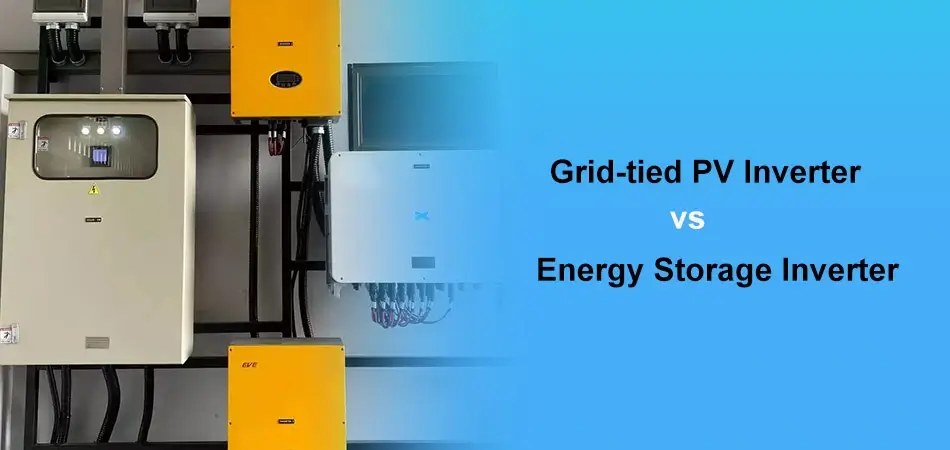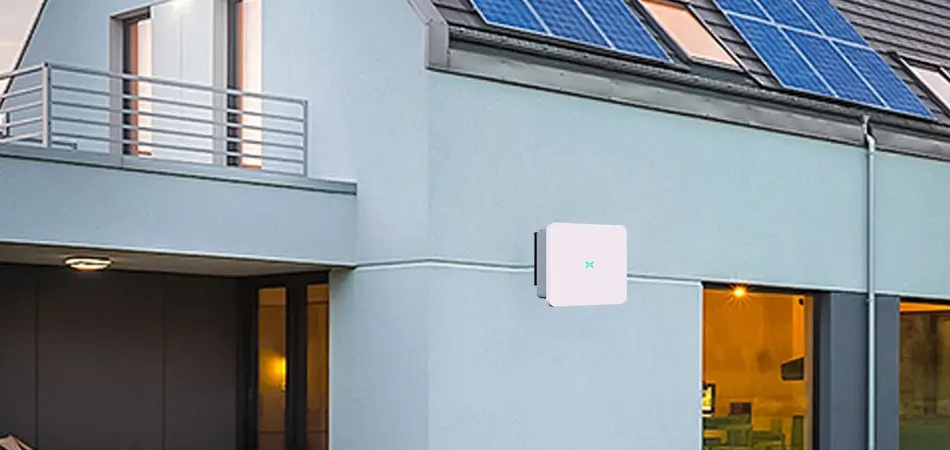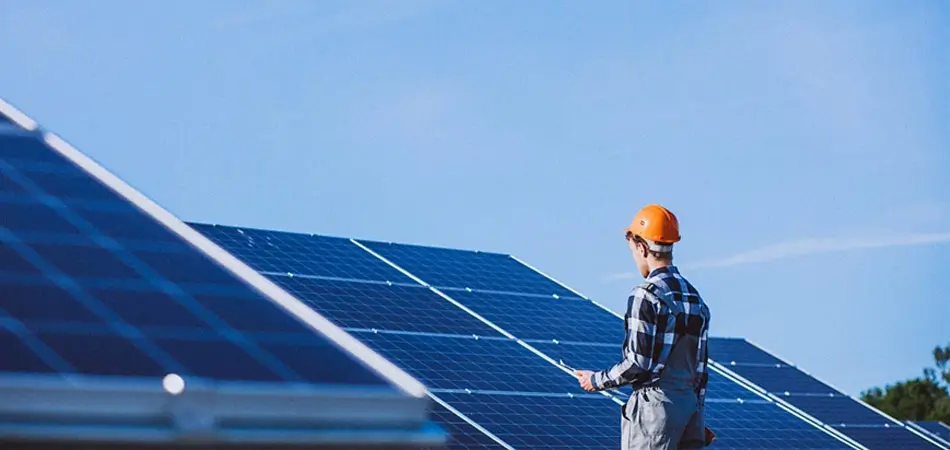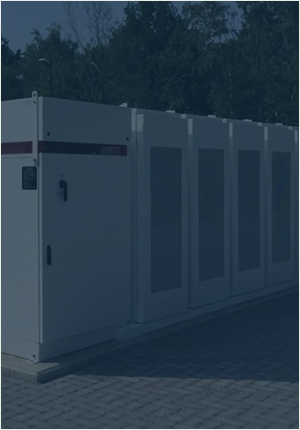2025-06-11 Author : CXJPowers
In solar power systems, inverters play a crucial role as devices that convert direct current (DC) electricity (from batteries or solar panels) into alternating current (AC) with a fixed or adjustable frequency and voltage (typically 220V, 50Hz sine wave). Based on their working mechanisms and core functions, inverters can be categorized into two main types: photovoltaic (PV) inverters and energy storage inverters.
Below, we'll explore how these differences manifest in grid-tied PV inverters and energy storage inverters.

Grid-Tied PV Inverter
Unidirectional Conversion: Converts DC electricity generated by solar panels into AC electricity for household or grid use.
Primary Task: Maximum Power Point Tracking (MPPT) to optimize the efficiency of solar power generation.
No Energy Storage: Only processes real-time solar generation and cannot store electricity.
Energy Storage Inverter
Bidirectional Conversion:
Charging Mode: Converts AC power from the grid or PV system into DC to charge batteries.
Discharging Mode: Converts DC power from batteries into AC for grid or load use.
Primary Task: Manages battery charging/discharging and enables grid interaction (e.g., peak shaving, backup power).

Grid-Tied PV Inverter: Mature technology, lower cost.
Energy Storage Inverter: Higher cost due to integrated battery management systems.
Grid-Tied PV Inverter: Operates only during daylight hours, dependent on sunlight.
Hybrid PV-Storage Inverter: Works at any time, supporting multiple modes (e.g., load priority, battery priority, grid mode) for flexible energy distribution.
Grid-Tied PV Inverter: Adjusts voltage and frequency in real-time to ensure AC output meets grid requirements.
Energy Storage Inverter: Features bidirectional DC-AC conversion and precisely controls battery charging/discharging.
Grid-Tied PV Inverter: Focuses on conversion efficiency and power density.
Energy Storage Inverter: Emphasizes response speed and energy storage capacity density.
Grid-Tied PV Inverter: Converts solar-generated DC into AC for residential/industrial use.
Energy Storage Inverter: Performs both AC-DC conversion and energy storage management, supporting bidirectional power flow and efficient charging/discharging.
Grid-Tied PV Inverter: Widely used in residential, commercial, and industrial solar systems, especially in large-scale PV plants.
Energy Storage Inverter: Primarily used in energy storage systems and smart grids, ideal for regions with abundant renewable energy.

Grid-tied PV inverters are optimized for direct solar power conversion, ensuring high efficiency and seamless grid integration. Since they don't require battery storage, they are more cost-effective for systems where energy storage isn’t a priority. However, if backup power or energy independence is needed, a hybrid or energy storage inverter becomes essential.
This comparison should help you understand the key differences between grid-tied PV inverters and energy storage inverters. Depending on your energy needs, you can choose the most suitable solution for your solar power system. CXJPowers supply grid-tied, hybrid, off-grid inverters. Contact us! Get more information!



